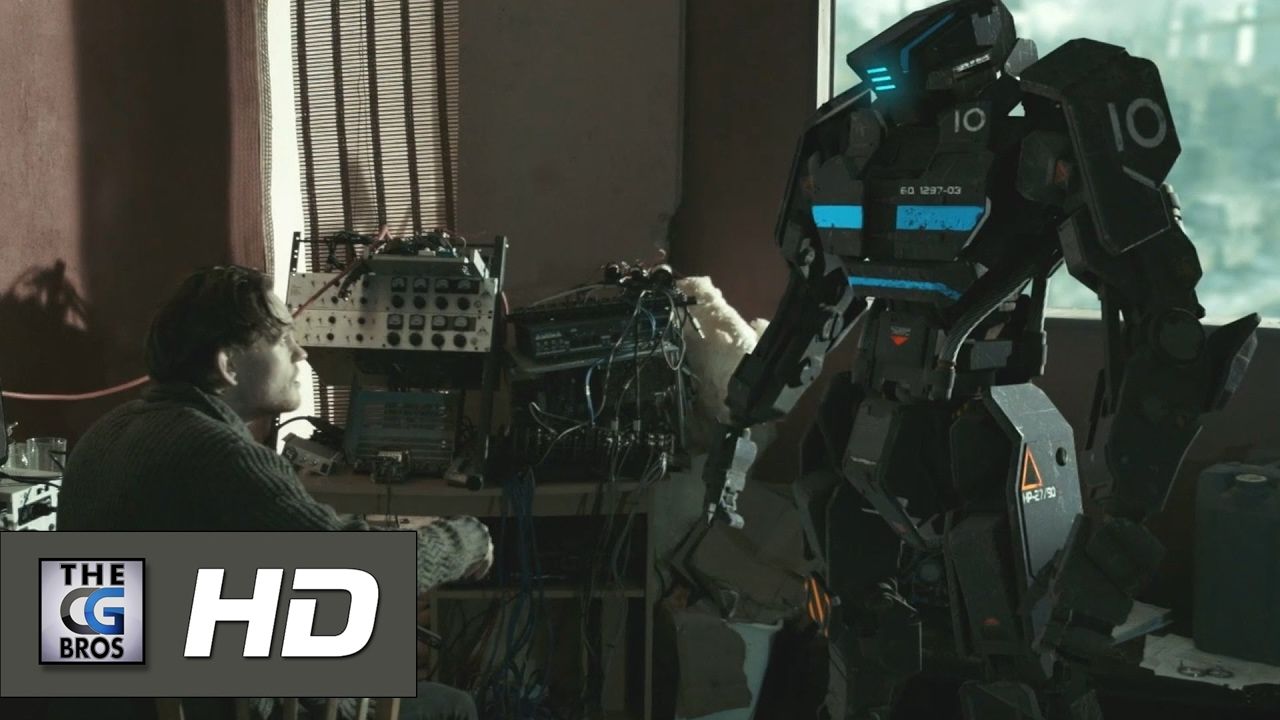
When rock band Queen asked us “Who wants to live forever?” back in 1986, we interpreted it as standard lyrical rhetoric. But now, three decades and what feels like light years in technological, medical, and scientific advances later, the answer to that age-old question may have changed. And according to Ray Kurzweil, the famous American inventor who has been described as the “rightful heir to Thomas Edison,” we’re nearing immortality.
As the man responsible for the first CCD flatbed scanner, the first omni-font optical character recognition, the first print-to-speech reading machine for the blind, the first text-to-speech synthesizer, the first music synthesizer, and much more, Kurzweil has a knack for spotting trends and anticipating the future. And if history is any indication (and his word stays true), we may be in for a long, long lifetime.
In an episode of PBS’s News Hour last week, Kurzweil noted that death, which he describes as “a great robber of meaning, of relationships, of knowledge,” will soon be conquered. Indeed, the futurist notes, our species will soon be able to defeat disease and degeneration, and live “indefinitely.”
Continue reading “Want to live forever? Ray Kurzweil thinks that may be possible very soon” »


















